Finding the best solution to clad buildings is important for several reasons – as well as defining the look and feel of your design, it also has a major role to play in the safety and longevity of your building. Choosing timber cladding offers many benefits over alternatives, including sustainability, durability, and visual appeal.
With a vast range of cladding options to choose from, this decision can be difficult to make without the right knowledge. That’s why we’ve created this timber cladding guide.
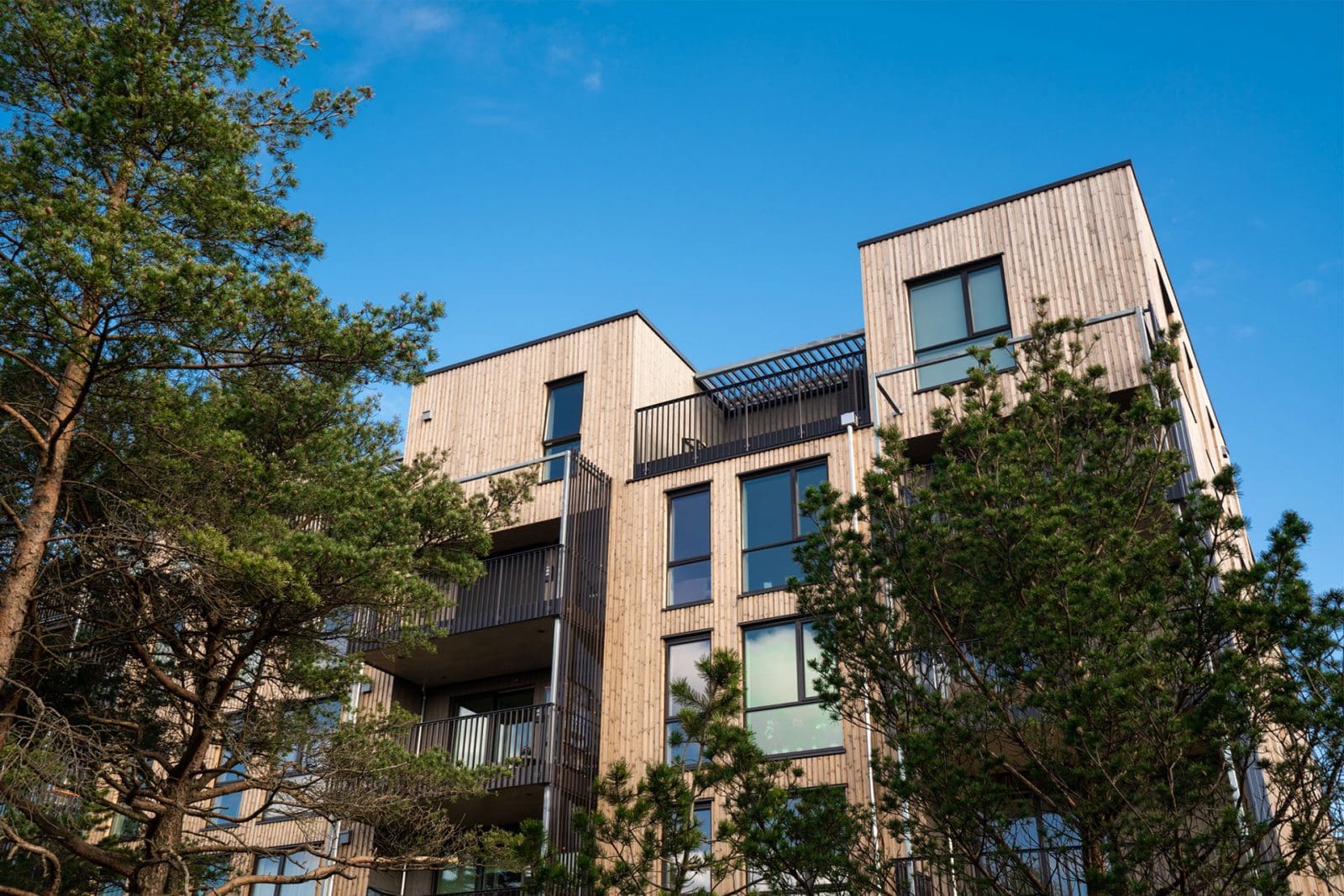
We have identified the key factors to consider when selecting exterior timber cladding materials, walking you through some of the most popular timber species that you can choose between and the features and benefits they offer.
Before we get into the details of what you should consider when choosing wooden cladding, you might be wondering whether timber is the best option for your projects in the first place.
There are several considerations to keep in mind when selecting a cladding material, with multiple options that could be right for you depending on your priorities in terms of looks, quality and functionality, including stone, brick, concrete, tiles, PVCu, glass, and metals such as steel and aluminium.
We firmly believe that timber cladding is the way to go though, and here’s why:
Being renewable, recyclable and biodegradable, wood-clad buildings offer numerous long-term sustainability benefits over the alternatives. Despite being natural, timber offers quite good quality, weather resistance and thermal insulation.
Wood production also boasts lower carbon emissions than options like brick and steel, and it can also help enhance the well-being of inhabitants when it is used in a building by reducing stress and enhancing concentration.
As sustainability considerations and a low carbon footprint are more important for the construction sector, wood, especially thermowood, is an increasingly popular choice.
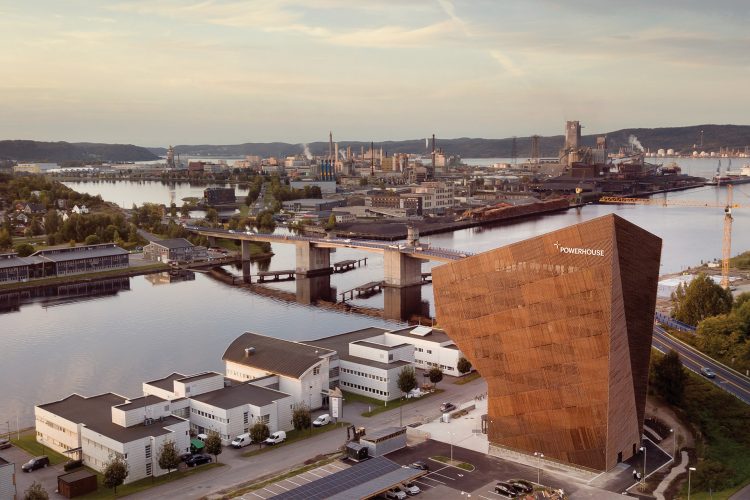
Powerhouse Telemark offers a sustainable model for the future of workspaces. Snøhetta architects built the it to be as energy-efficient as possible, and much of it, including its windows, are covered with Thermory pine boards.
Powerhouse Telemark sets a new standard for the construction of environmentally sustainable buildings by reducing its yearly net energy consumption by 70% compared to similar new-construction offices, and by producing more energy than it will consume over its entire lifespan.
There is a certain beauty to wood. Simply put, timber-clad buildings look great – and they will never go out of fashion. It is a traditional, high-quality option that can be used in very modern ways. Timber cladding works equally well for residential and commercial projects.
There are many creative ways to use timber for your cladding, including using different species, a range of shades or colours to create an accent, laying the panels in an attractive pattern or choosing a distinctive style such as charred wood.
Discover more inspiring wood cladding ideas.
Wood has been used for construction for centuries and the quality stands the test of time. As a material that is natural, familiar and lightweight yet strong, timber cladding is easy to install, repair and replace, and presents no unwanted surprises.
Thermowood is also highly durable, making it a serious alternative to materials that are traditionally considered to be longer-lasting. As the nutrients in wood are modified during thermal modification, there is less risk of insect attack and no chemical treatments are needed.
Timber provides almost limitless customization options, with a vast range of finishes, colours and profiles on offer.
You can opt for Benchmark by Thermory thermo-spruce for more rustic cladding boards, or choose thermally modified ash for a more refined look. Compare all thermowoods available for cladding at Thermory.
It’s easy to enhance the look of your cladding boards by applying paints, oils or other protective coatings, and the range of looks you can achieve is virtually endless, with options for vertical or horizontal boards, tiled finishes, or installing them in any pattern you can think of.
Another advantage is that timber cladding is flexible in its usage, making it equally suitable for both private homes and commercial buildings.
Compared to other options, timber cladding is often cheaper to buy and easier to get hold of, which is a big part of its popularity. With simple fixing methods, it is also easy to install. This makes wood elements a suitable option also for self-builders.
There are many different species to choose between for your cladding, each with its features to suit your individual needs and preferences. They offer different options when it comes to colour, hardness, strength and resilience.
Ash
Ash is a light-coloured, versatile hardwood that offers exceptional durability and rot resistance, impressive sustainability credentials and attractive grain that will visually enhance any surface. Therefore it’s ideal suit both for internal and external applications.
Thermally modified ash has a beautiful, deep color, making it a great alternative to tropical hardwood.
Pine
There are several pine species available for your cladding projects, including Scots pine with its distinctive rustic knots and the relatively knot-free radiata pine. Compared to other similar softwoods, pine offers some of the best durability and as a fast-growing wood, there is usually plenty of supply at affordable prices.
Spruce
Spruce is ideal as a softwood option that offers strong rot resistance and longevity while also boasting a golden-brown tone and a rustic knotted look. Thermory’s Nordic spruce comes with the Nordic Swan Ecolabel, which certifies that it is chemical-free, durable and sourced from responsibly managed forests.
Oak
A popular species across Europe due to its toughness and visual appeal, oak is often used to make furniture. Because it is resistant to moisture, it is also good in outdoor environments, making it a handy option for timber cladding. Thermory Benchmark series includes thermally modified red oak cladding that has a durability class 1.
Siberian larch
Larch trees grow very slowly and consequently, the wood is extremely dense and strong when compared to other softwoods. Siberian larch will offer a sophisticated look to any project with its lustrous golden-brown color patterns.
Thermory thermo-pine is a perfect alternative to larch wood, bringing in enjoyable gold nuances that suit perfectly to exterior.
Thermal modification is a chemical-free process that enhances the appearance and durability of the timber board protecting it from decay and insect attack by treating it with heat and steam.
For instance, Thermory’s thermally modified ash offers comparable durability to tropical hardwoods like teak that are often chosen for this feature, but with better dimensional stability due to a reduction in water absorption, a lighter weight, more uniform color and, because many tropical kinds of wood are harvested at the expense of endangered rainforest habitats, a production process that is significantly more sustainable.
It’s also worth noting that using thermowood for cladding negates many of the drawbacks often associated with wood cladding, such as being prone to rotting or twisting caused by moisture damage and being vulnerable to infestation from parasites such as mold or bacteria, meaning it doesn’t have to be replaced or maintained anywhere near as often.
In addition, because no chemicals are used in the thermal modification process the timber doesn’t need to be disposed of as hazardous waste when it does eventually come to the end of its lifecycle – instead, it can be repurposed, recycled or composted to give it a new lease of life.
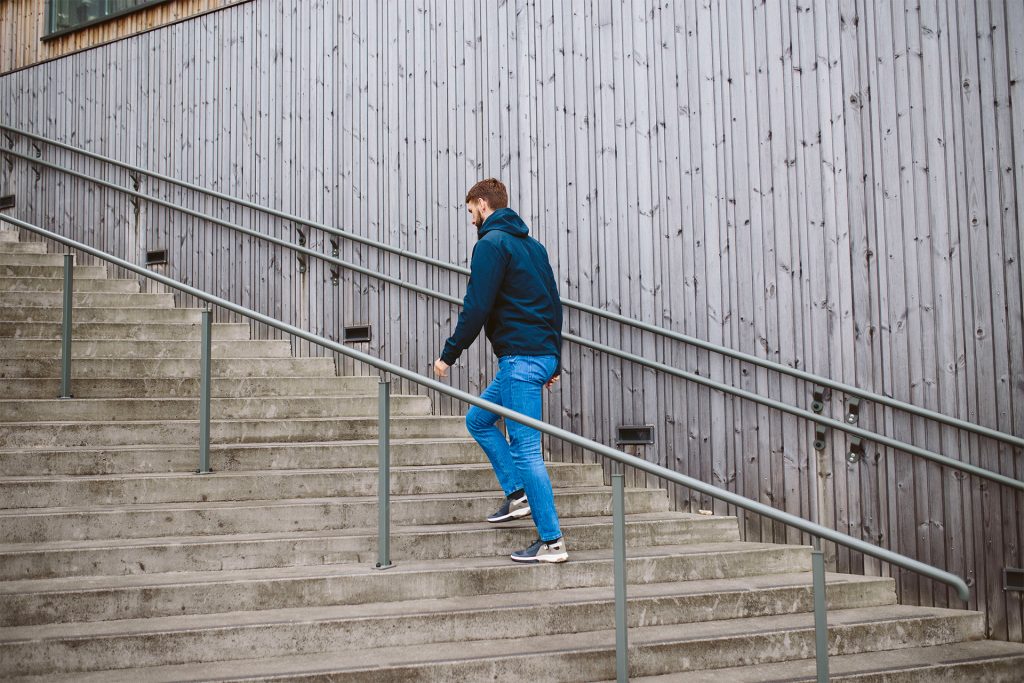
As a natural element, wood ages gradually over time whether it has been thermally modified or not. This means that it requires regular maintenance to retain its optimum performance and protection for as long as possible.
Like all timber, the colour of thermowood will change over time, fading to a wide range of attractive grey. This process is caused by exposure to rain, wind, and UV light from the sun, the colour of the wood cladding may fade unevenly depending on where it is placed.
Some see it as part of the beauty, however, if preferred, this process can be slowed down by regular treatments such as painting or oiling the surface of the timber– and while standard timber products must be treated in this way every few years, thermal modification makes this interval significantly longer.
If you’re planning a cladding project in the near future, material selection is a really important aspect of finding the right solution, and as you can see there are many factors to consider. By presenting the key benefits of using thermally modified wood for this purpose and comparing the features of different types of wood, we hope this article has helped you in this process.
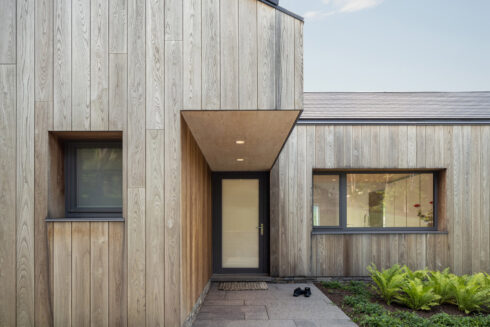
Contemporary...
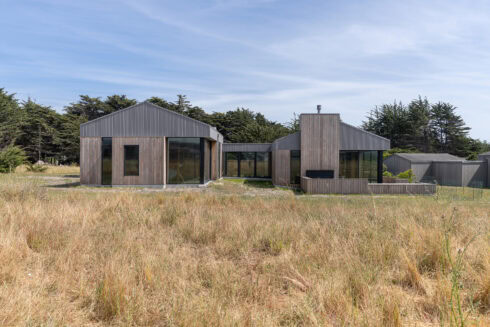
While a wood species’ natural properties play an important role in determining the timber cladding’s durability, they’re only part of the...
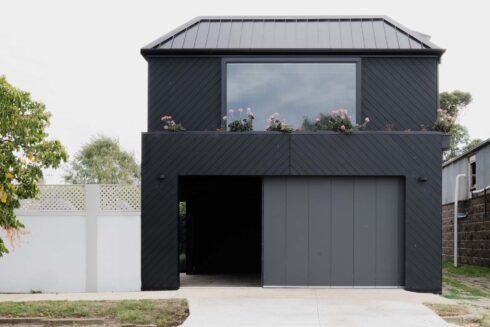
From minimal forest cabins to bold urban residences, black timber cladding has emerged as a defining element of modern architectural design. Its striking,...
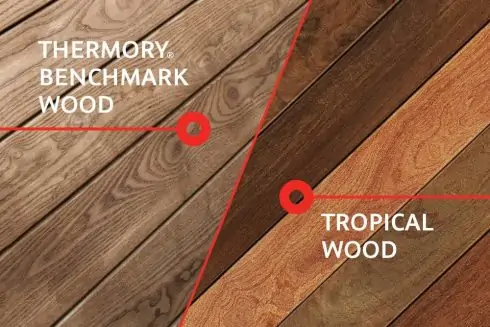
As the construction and design industries evolve, so does the demand for sustainable, high-performance building materials. For over 25 years, Thermory has...
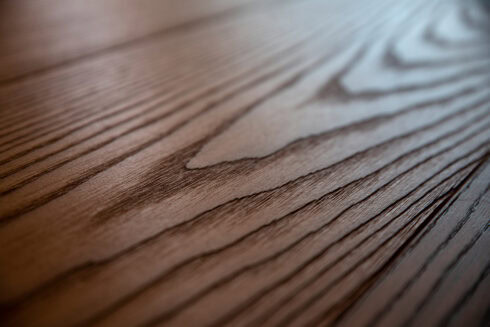
Picture a wood that balances elegance, durability and versatility – a natural material that not only meets your demands but also exceeds your...
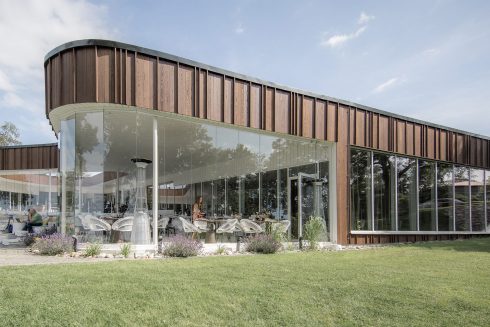
Combining different wood species, finishes and profiles brings variety to any interior or exterior design, delivering a tantalizing injection of texture and...
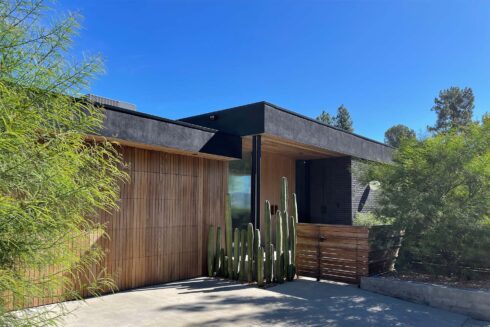
We were curious about the architecture trends and the popularity of timber in Australia, so we asked our down under partner, McCormacks Australia, to tell...

The eye-catching black Thermory Ignite cladding provides a bold look, while also offering the stability and durability that Thermory is known...
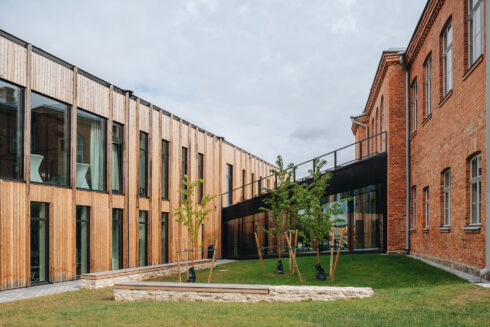
With the EU, US and many other countries aiming to achieve carbon neutrality by 2050, sustainability is not just a construction trend anymore, but it’s...
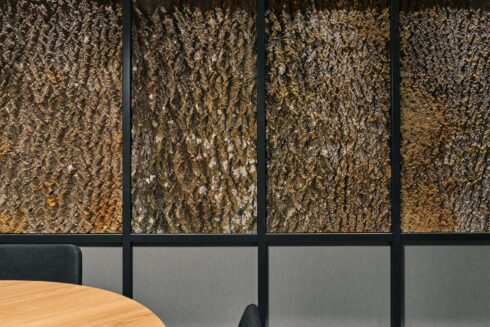
In the quest to shift our world towards more sustainable practices and circular processes, designers are increasingly turning their attention to...
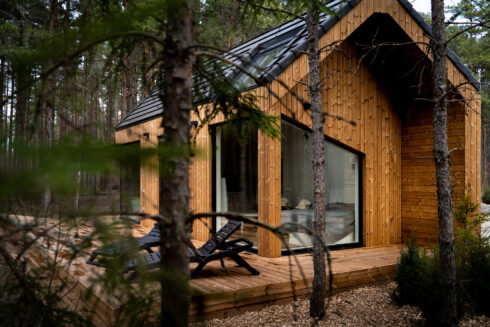
Sometimes, the best place to unwind and get away from it all is a secluded forest cabin in breathtaking surroundings. Find inspiration for your next...
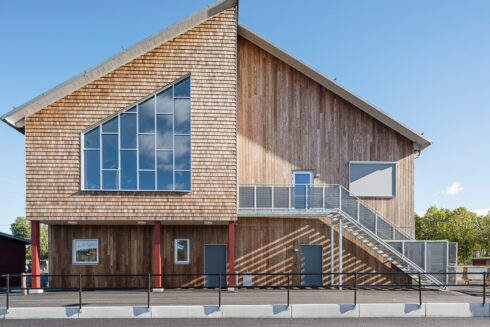
When it comes to designing and constructing educational spaces, choosing the right materials is crucial. There has been a growing trend towards...
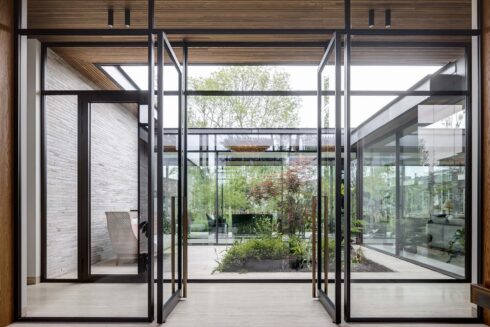
As architects and landscape designers, creating indoor outdoor living spaces that are sustainable and eco-friendly is more important than ever. With a...
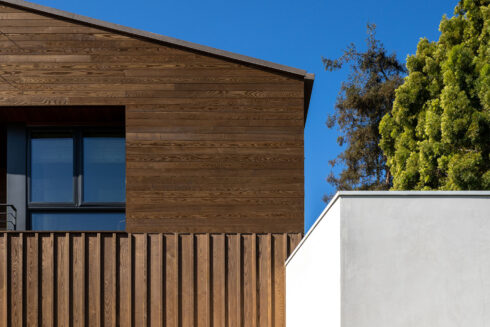
Wood is a highly valuable material and although it grows abundantly, we must treat this natural resource with respect and create value from even the smaller...
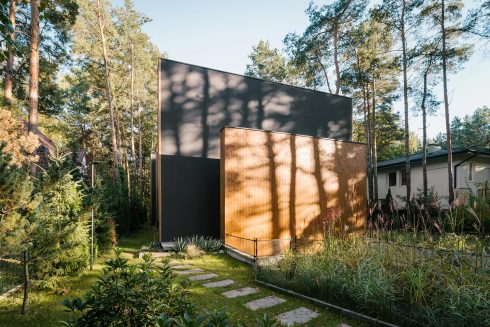
From intimate spaces like our homes to public urban areas, the environment surrounding us has a big effect on our well-being. Recent turbulent years have...
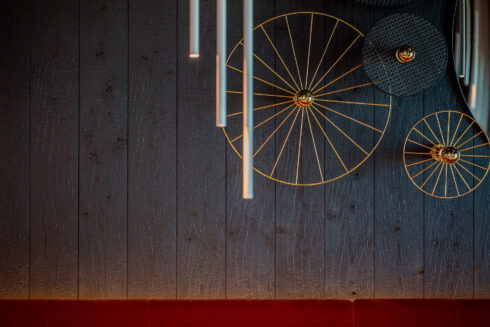
Shou sugi ban, or yakisugi, is an ancient Japanese art of treating wood with a flame to make it more waterproof and rot resistant. Thermory’s Ignite range...
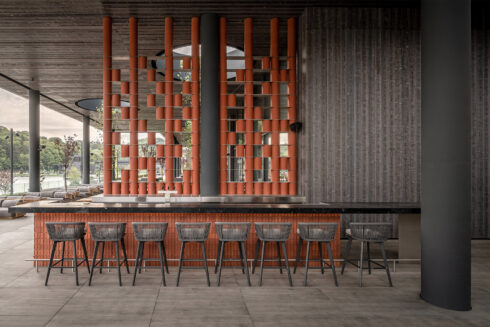
Thermory Design Awards is part of Thermory 25 celebrations for acknowledging and rewarding our...
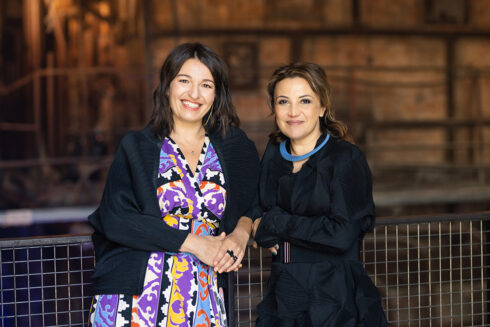
Curators of Tallinn Architecture Biennale 2022 exhibition “Edible ; Or, The Architecture of Metabolism”, Lydia Kallipoliti & Areti...
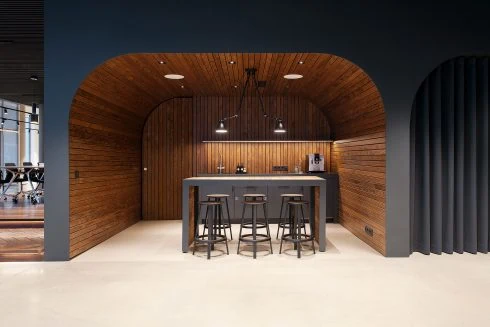
The aim of biophilic design is to create buildings and spaces that enable harmonious, naturally enjoyable experiences for their users by promoting the...
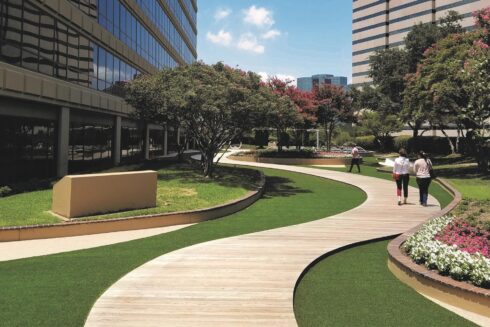
The purpose of biophilic design is to create spaces that deliver benefits for both human health and the environment by nurturing people’s innate affinity...
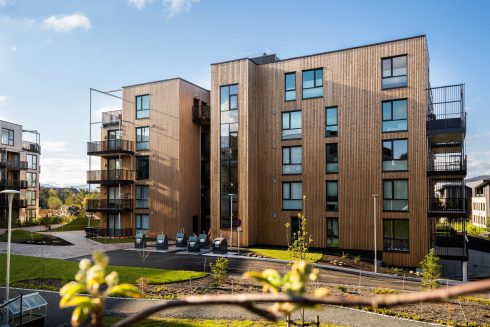
Natural wood can be used in many different ways. The beauty and versatility make wood unequalled building material. As both an interior and exterior design...
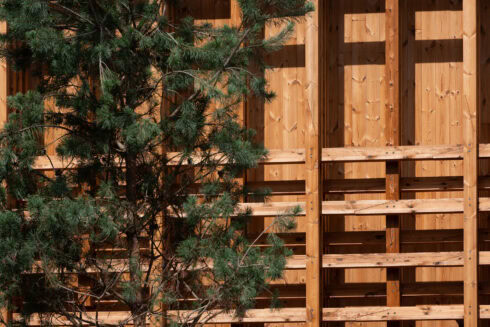
When it comes to...
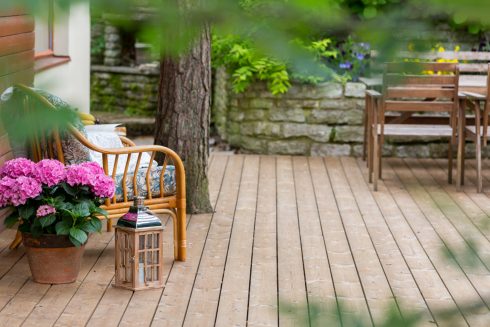
Home is where the heart is – a place where the whole family can feel safe and warm. The building materials you choose should enhance this feeling and...
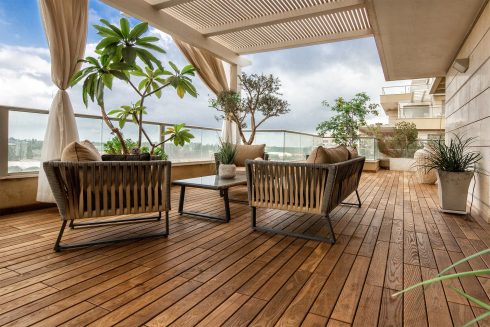
Wood is one of the most common building materials in the world and, with responsible forest management, it is the only renewable building material we have....
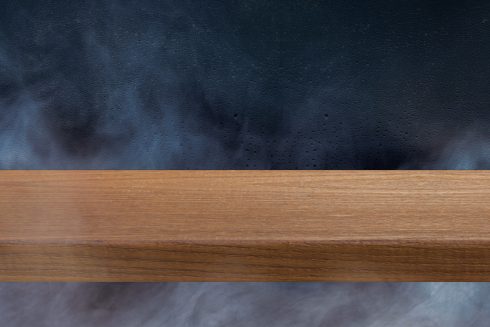
Thermally modified wood, often referred to as thermowood, is real wood enhanced using only heat and steam to improve its durability, dimensional stability,...
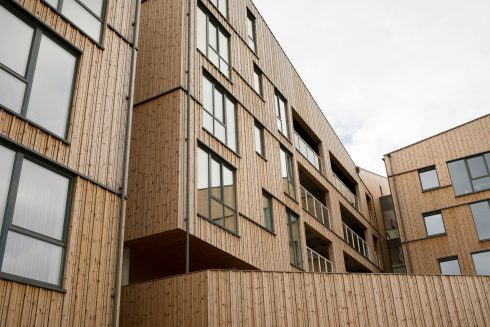
Thermally modified wood offers a unique combination of beauty, durability, and versatility. If you’re searching for fresh exterior cladding ideas,...
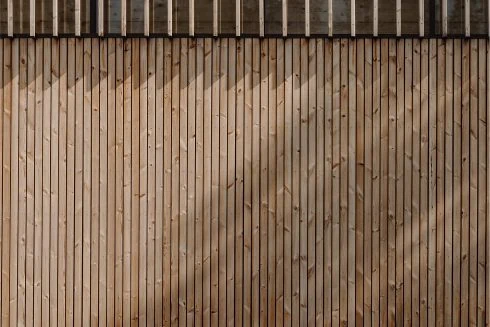
With rising concerns about climate change, the world community’s responsibility to reduce our carbon footprint rests with each and every individual and...
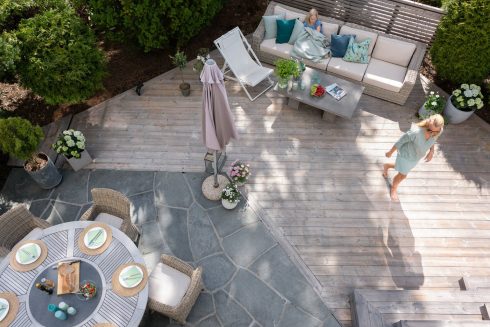
As a natural material, the color of wood alters over time – and there is no exception with Thermory’s thermally modified wood products, which gradually...
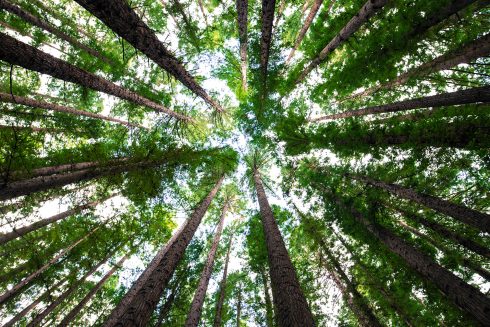
Wood is a sustainable and versatile material with an almost limitless range of uses, including construction, tools, paper and fuel to name just a few. But...
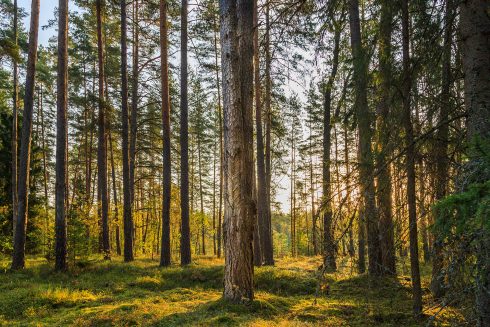
Ensuring the highest quality with the smallest possible ecological footprint and responsible use of resources are all principles that we consider important...
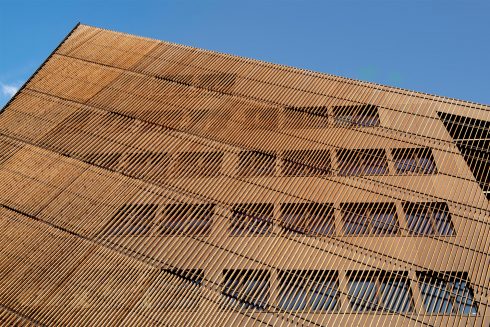
Throughout the history of architecture, surely no other material has been as influential as wood. It’s rare to see a building that’s been produced...
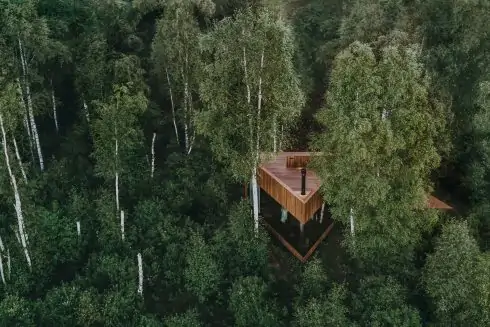
A trend is taking root in the worlds of architecture and interior design based on using natural materials and living plants to better...
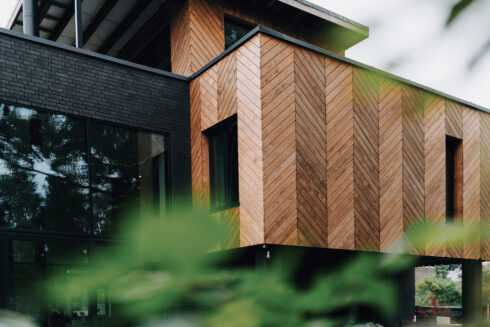
If you’re considering which wood types to use for a renovation or construction project, there are several considerations that may influence your decision...
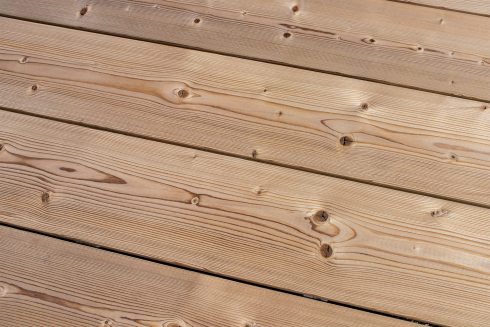
The wood-paneled interiors so common to mid-century homes have become sought after again, as many seek the warm, cozy feeling that the natural material...
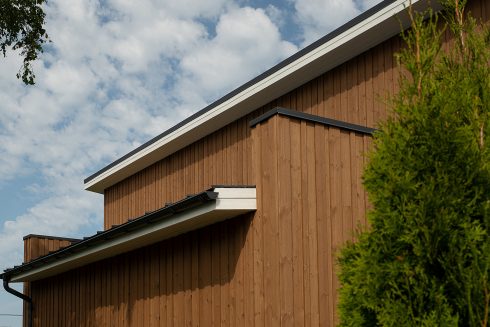
To ensure that your Thermory cladding retains its natural warm and authentic character, it’s important to apply the correct maintenance techniques. The...
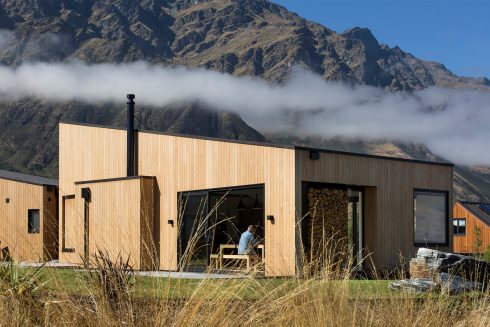
No matter where you live when you’re choosing a decking or cladding material, you’ll have to be mindful of how that material will change over time...
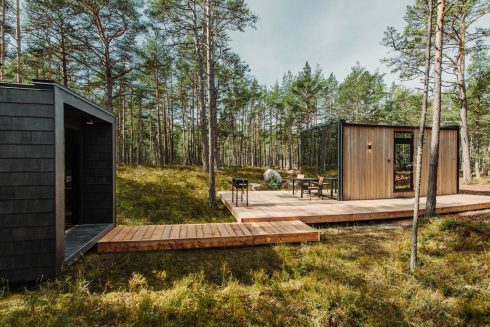
The tiny house movement has gained more momentum in the last decade, but why? It is based on tiny living: owning less so that what you own doesn’t own...
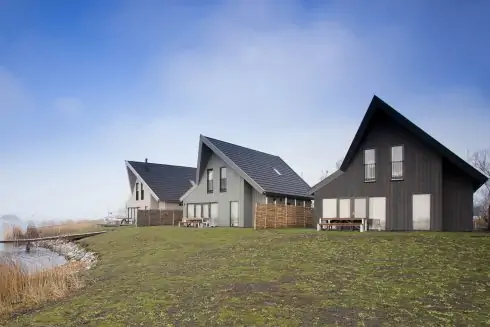
Real wood cladding has many functional benefits as well as a charming aesthetic. But if you are looking to make a bolder statement...

In 2022, the global megatrend of sustainable architecture and building practices will continue. Architecture trends influence the choice of materials both...
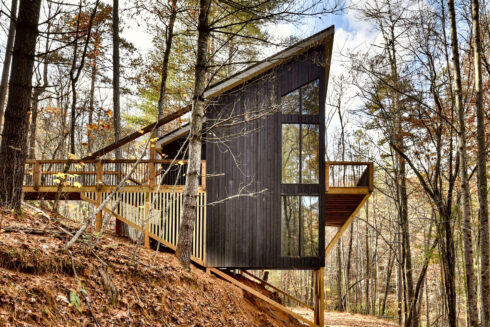
THERMORY BENCHMARK THERMO-PINE
GEORGIA, USA
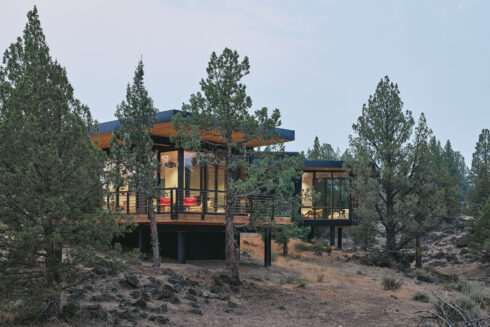
THERMORY THERMO-ASH DECKING, THERMO-SPRUCE CEILINGS AND COATED CLADDING
OREGON, USA
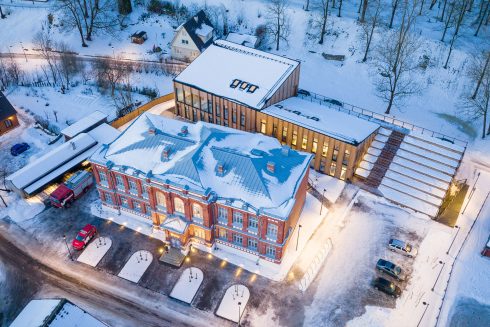
BENCHMARK THERMO-PINE CLADDING C4 20x115 / 26x 115, DECKING D4 26x115
ESTONIA
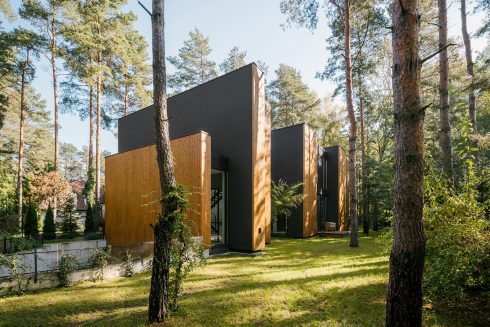
BENCHMARK THERMO-PINE
POLAND
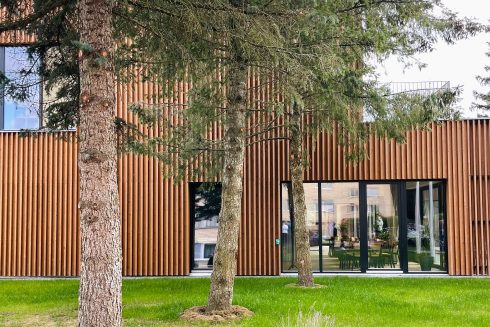
BENCHMARK THERMO-PINE
LITHUANIA
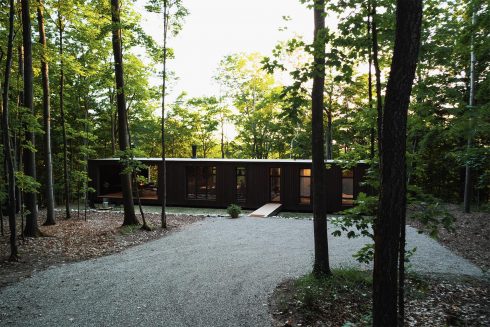
KODIAK THERMO-SPRUCE
MICHIGAN, USA

THERMORY THERMO-PINE MIX & MATCH CLADDING
NORWAY
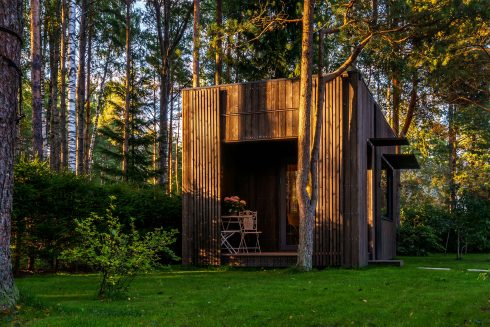
THERMORY BENCHMARK THERMO-SPRUCE BRUSHED CLADDING, THERMO-ASH DECKING AND FLOORING
ESTONIA
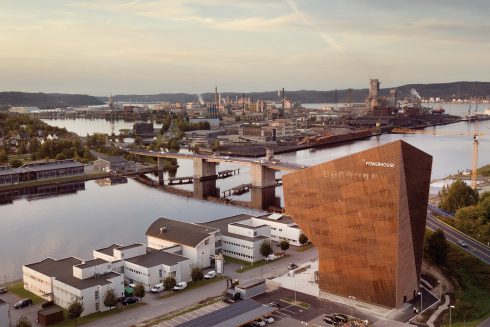
THERMORY BENCHMARK THERMO-PINE CLADDING C4
NORWAY
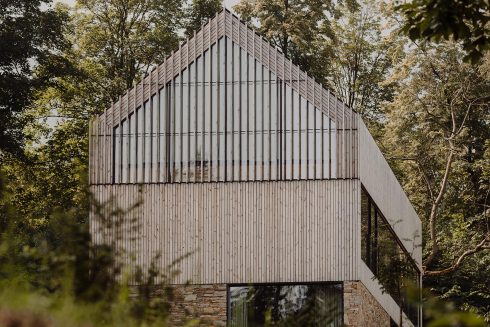
THERMORY BENCHMARK THERMO-PINE CLADDING AND ROOFING
POLAND
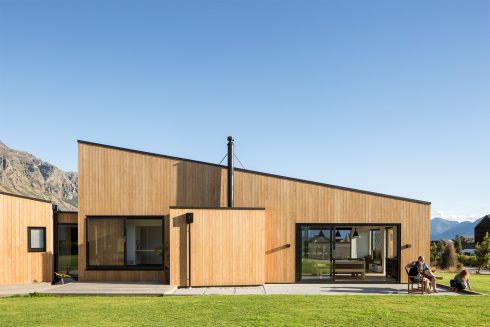
THERMORY BENCHMARK THERMO-RADIATA PINE CLADDING C3
NEW ZEALAND
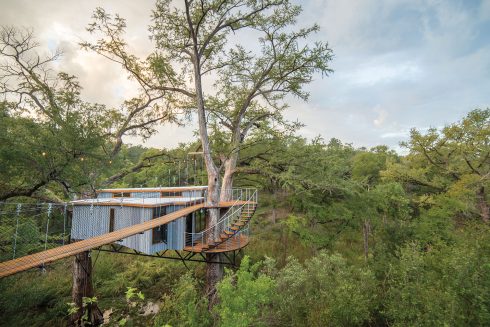
THERMORY DRIFT THERMO-SPRUCE CLADDING
TEXAS, USA
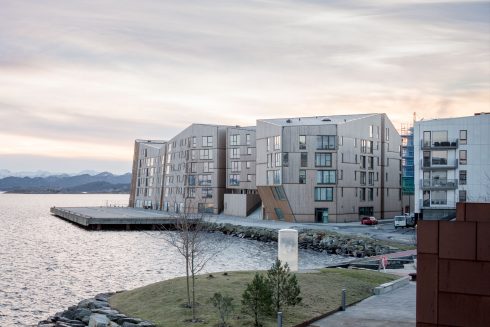
THERMORY BENCHMARK THERMO-PINE CLADDING C3 20X115 MM, ROOFING C10 20X140 MM AND DECKING D4 SG 26X140
NORWAY
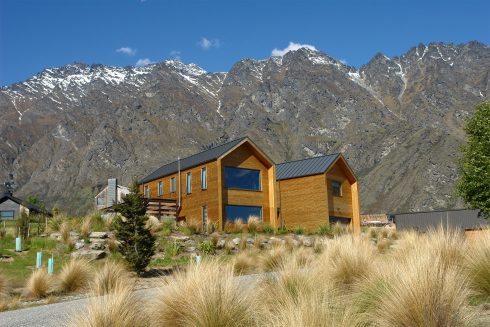
THERMORY BENCHMARK THERMO-PINE CLADDING C8 26X140 MM
NEW ZEALAND
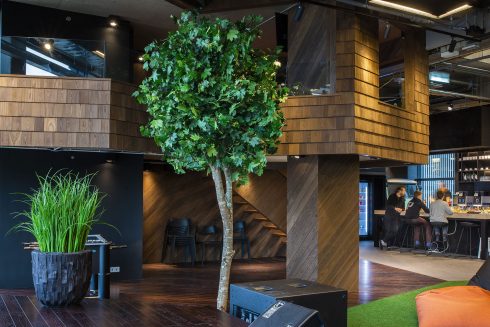
THERMORY BENCHMARK THERMO-ASH AND THERMORY SHINGLES WALL PANELLING
ESTONIA

THERMORY BENCHMARK THERMO-ASH CLADDING C5 20X72/140/190MM, BRUSHED AND THERMO-ASH MEDIUM FLOORING F5 18X245
ESTONIA